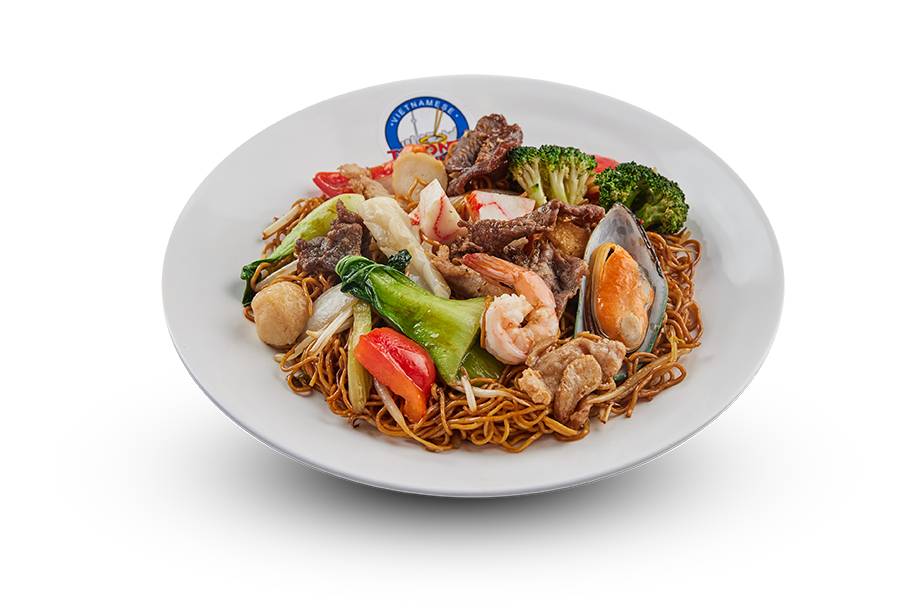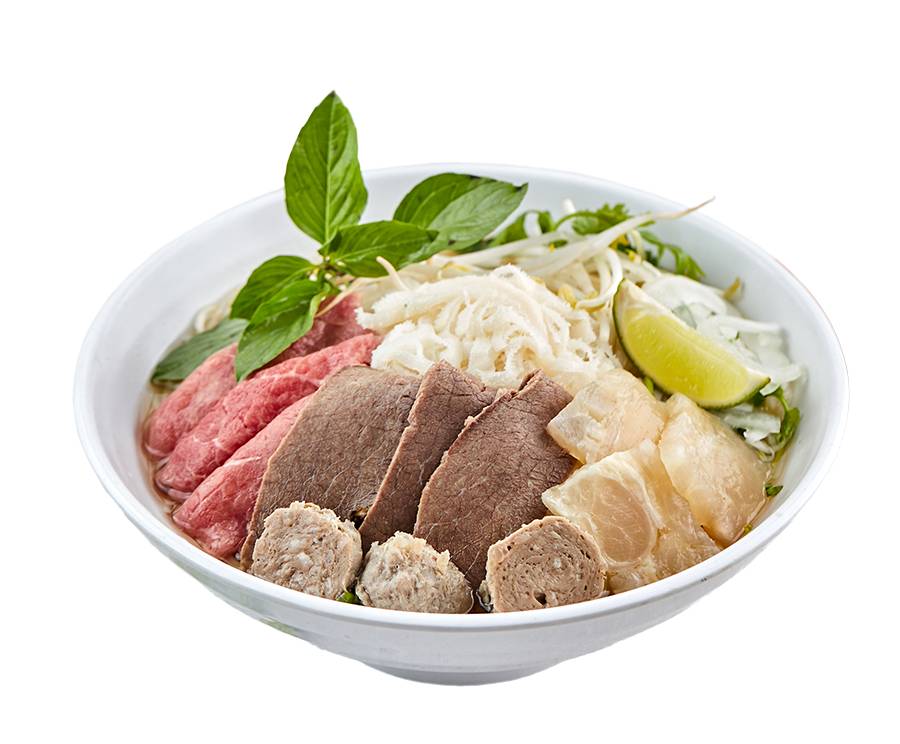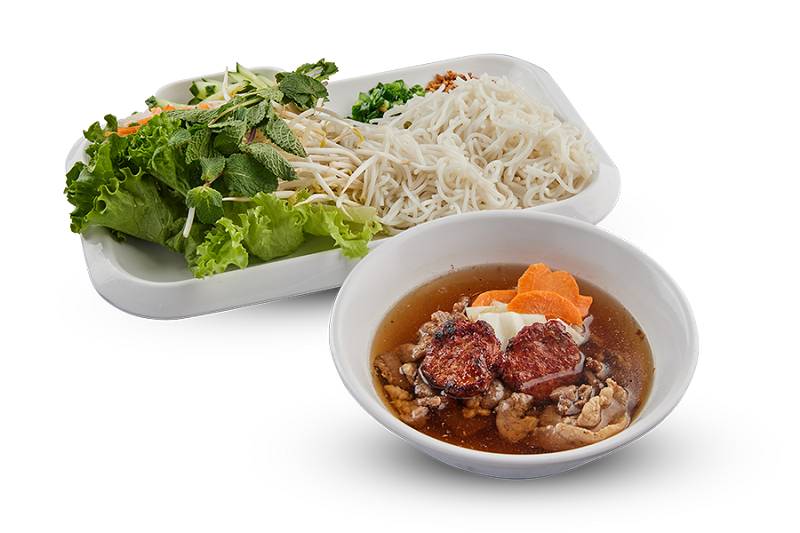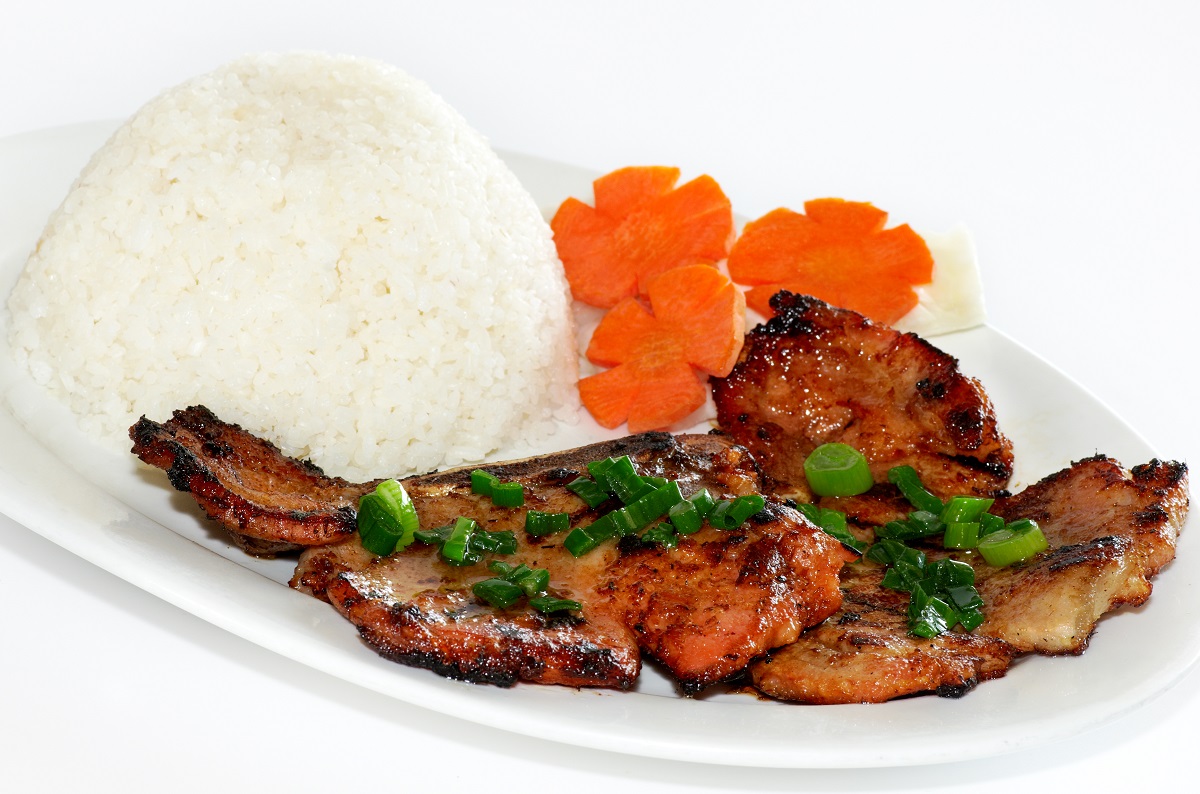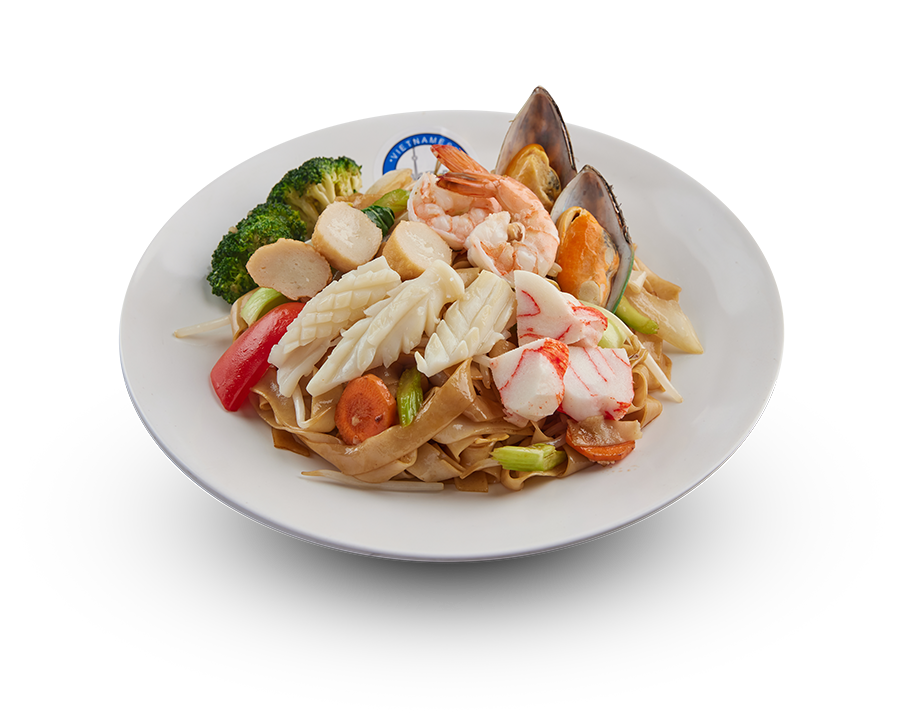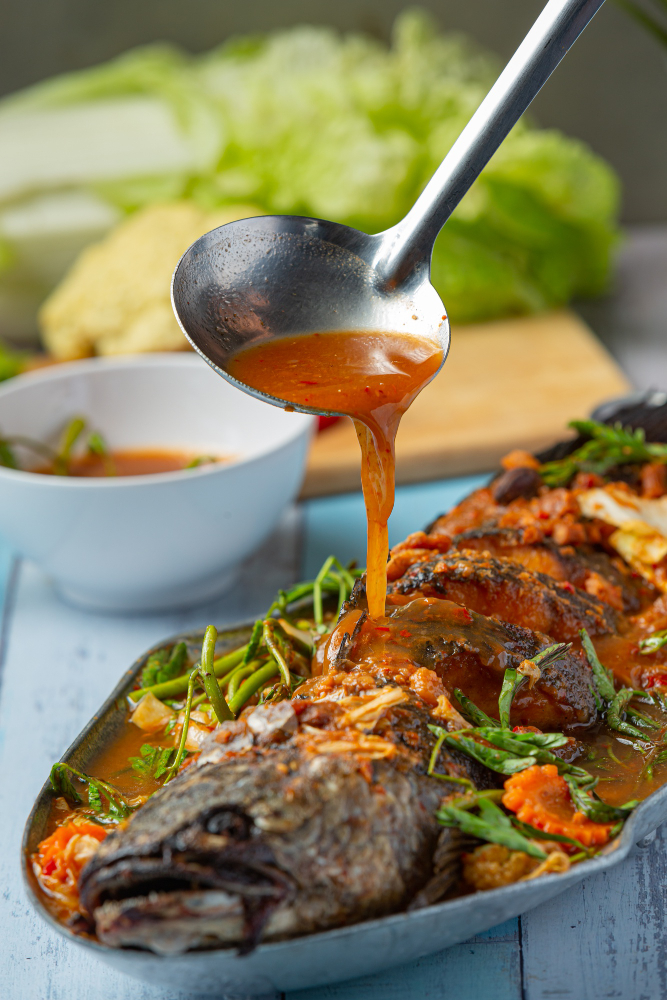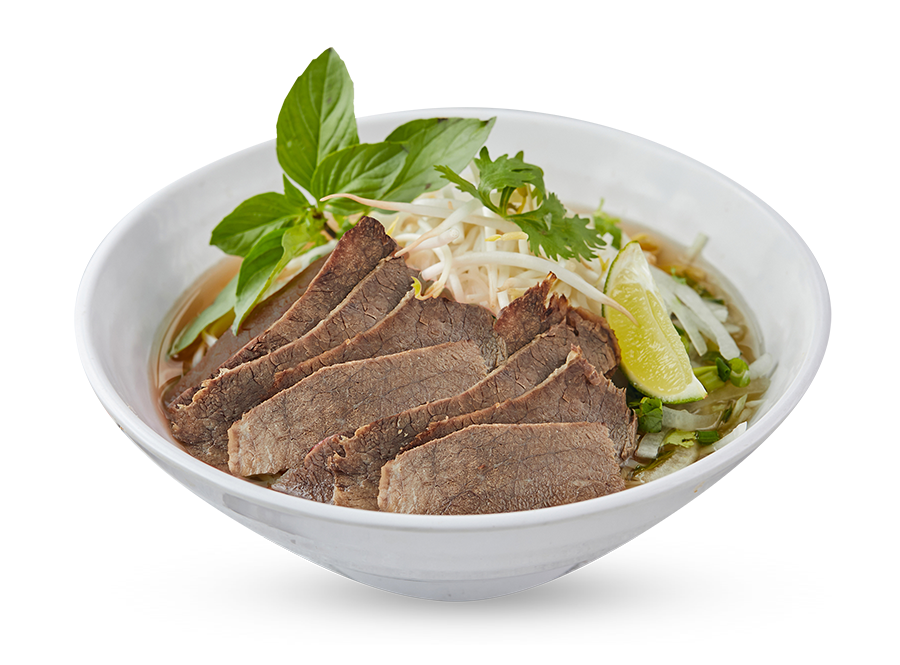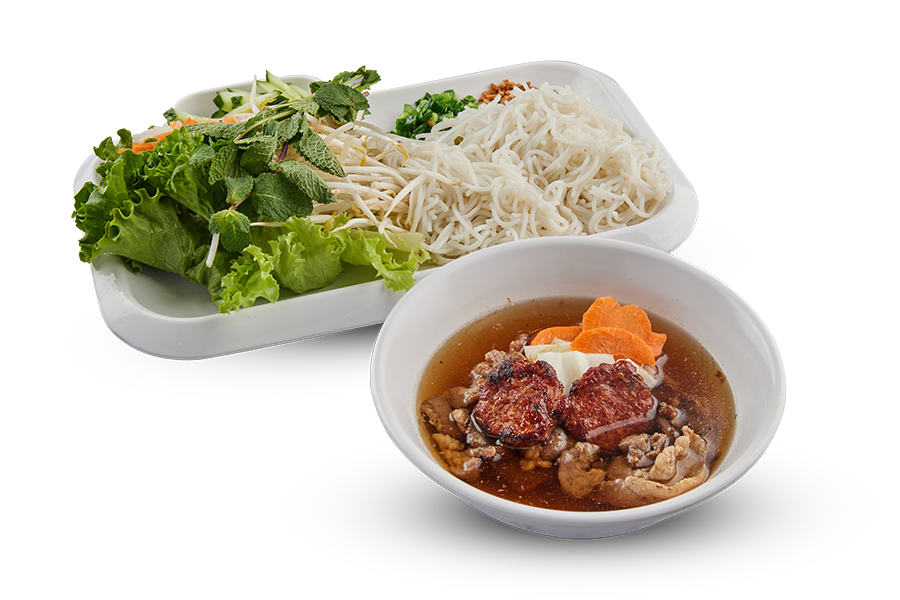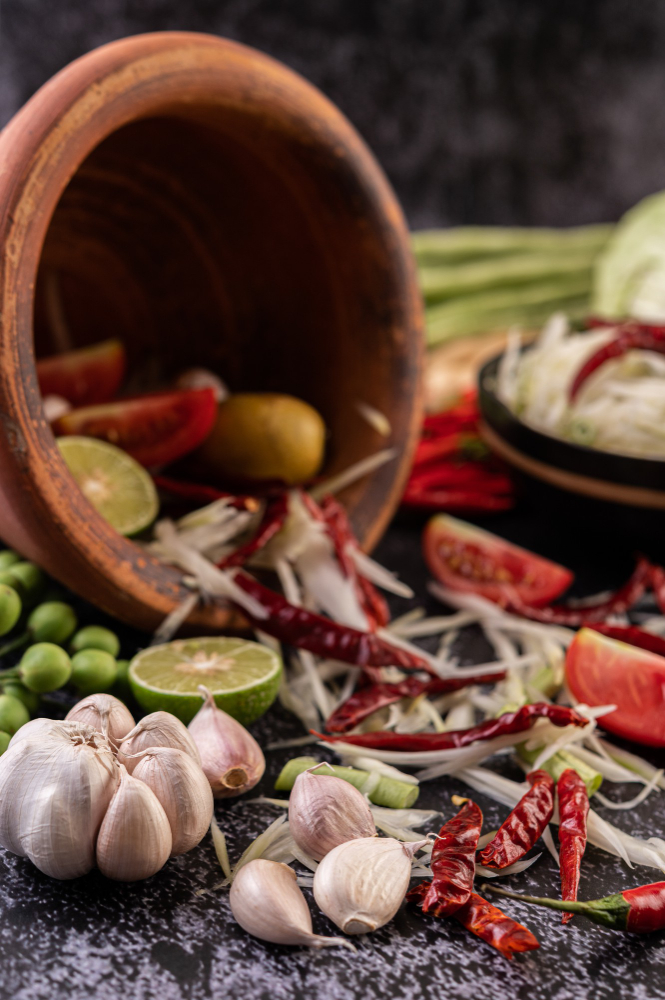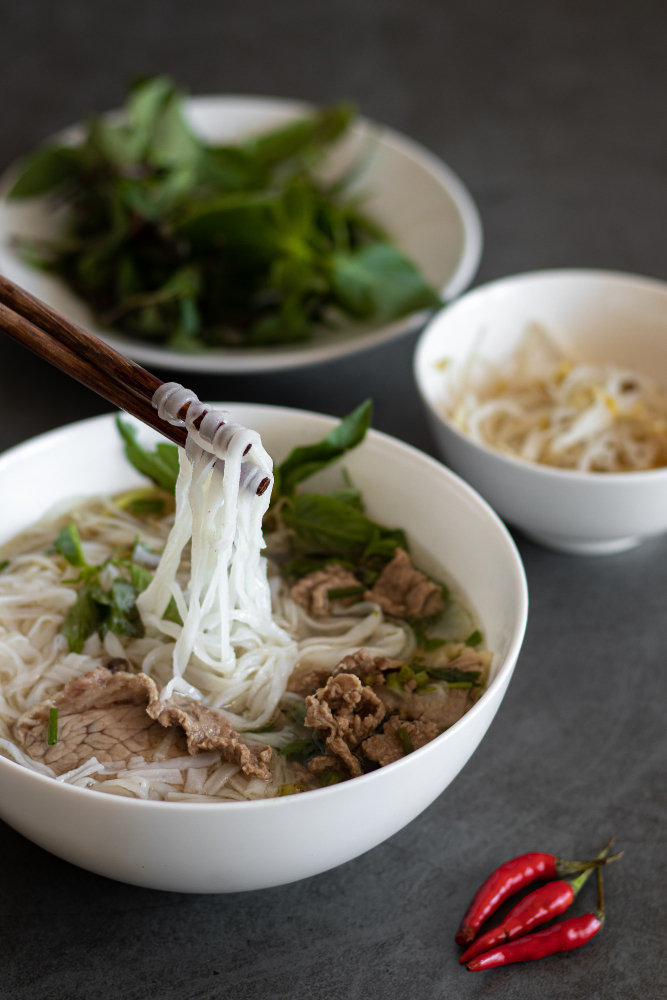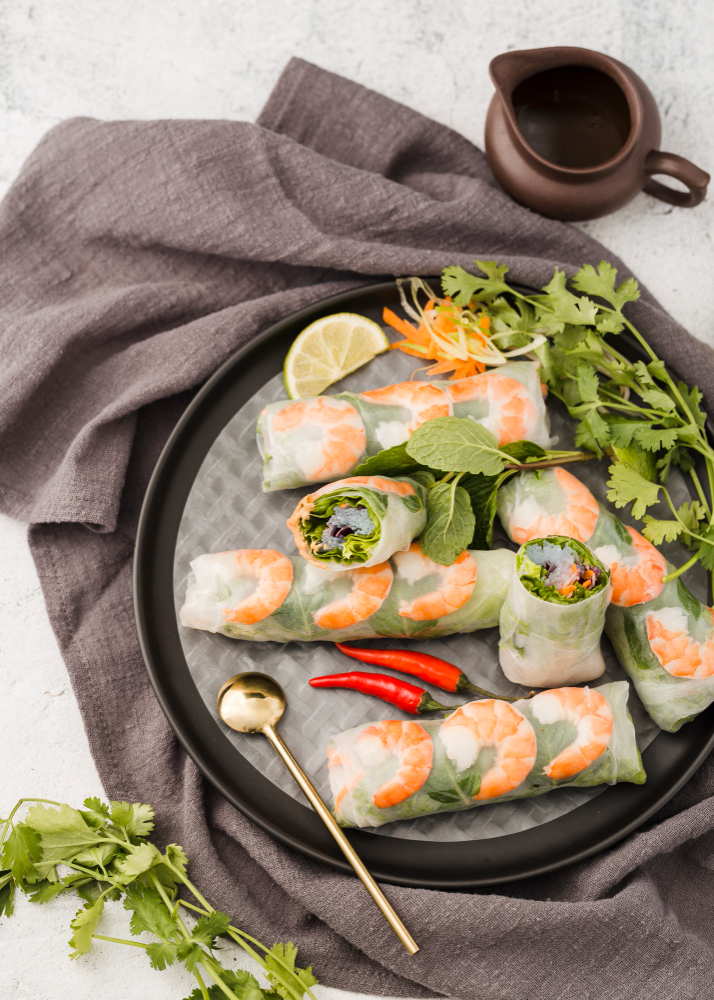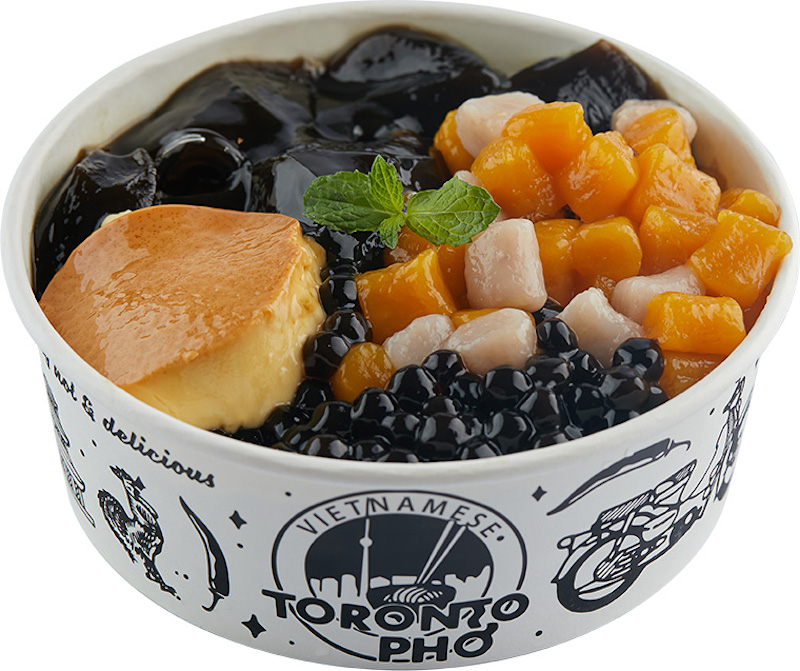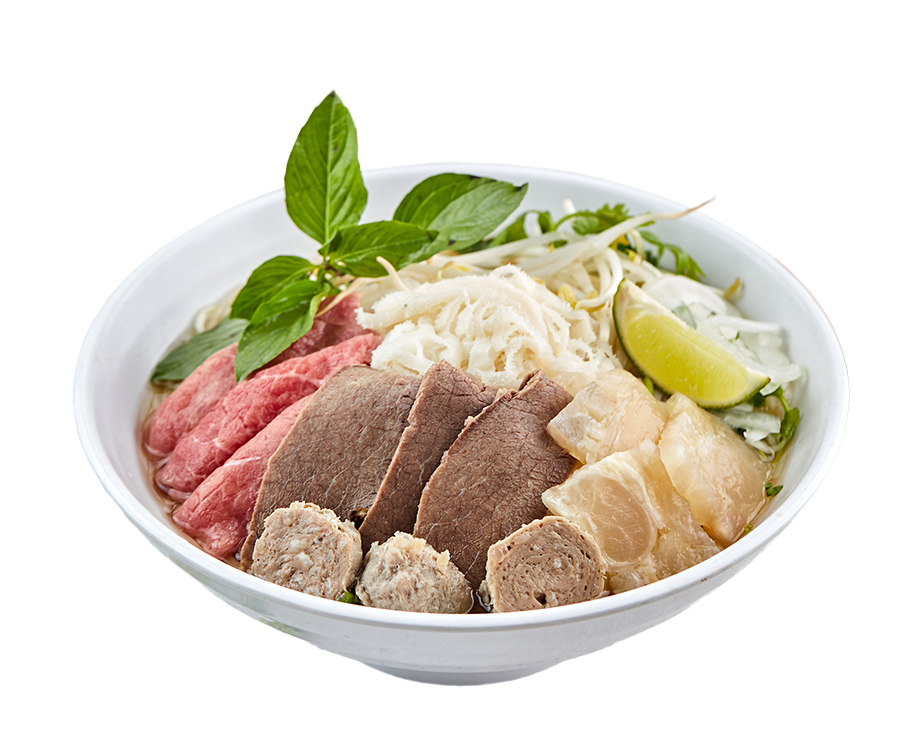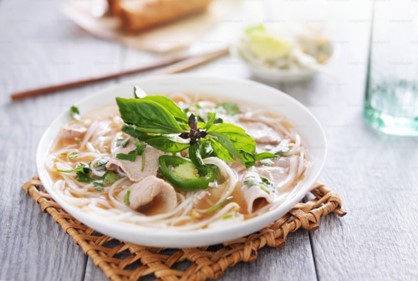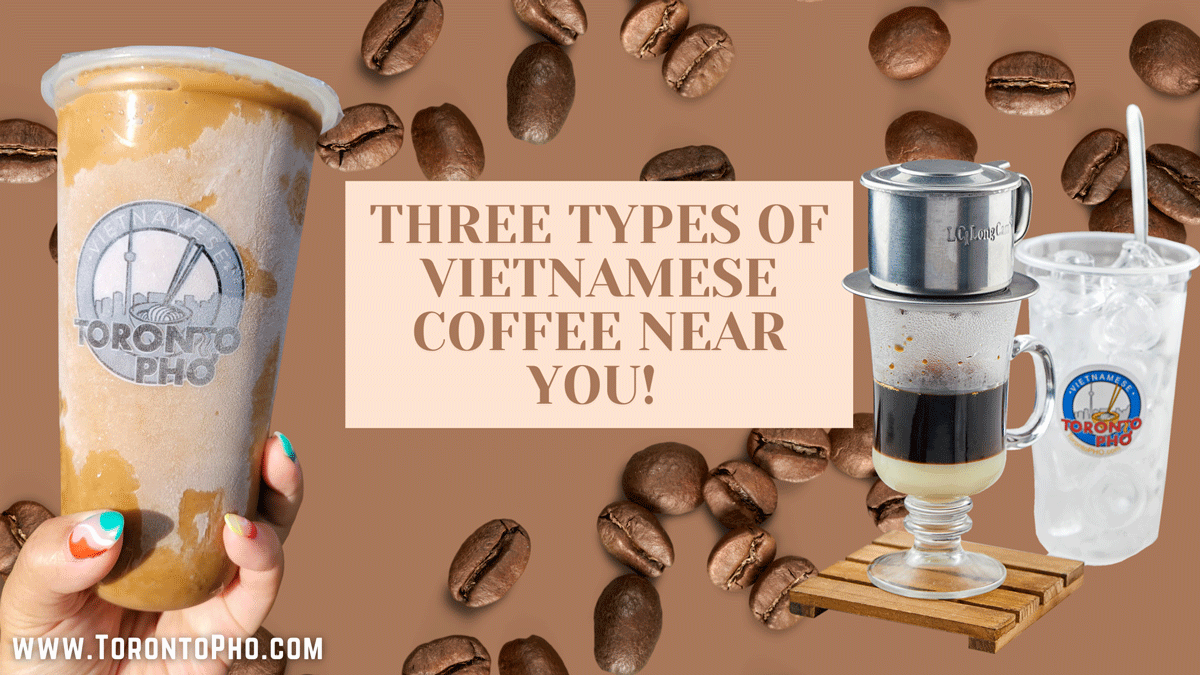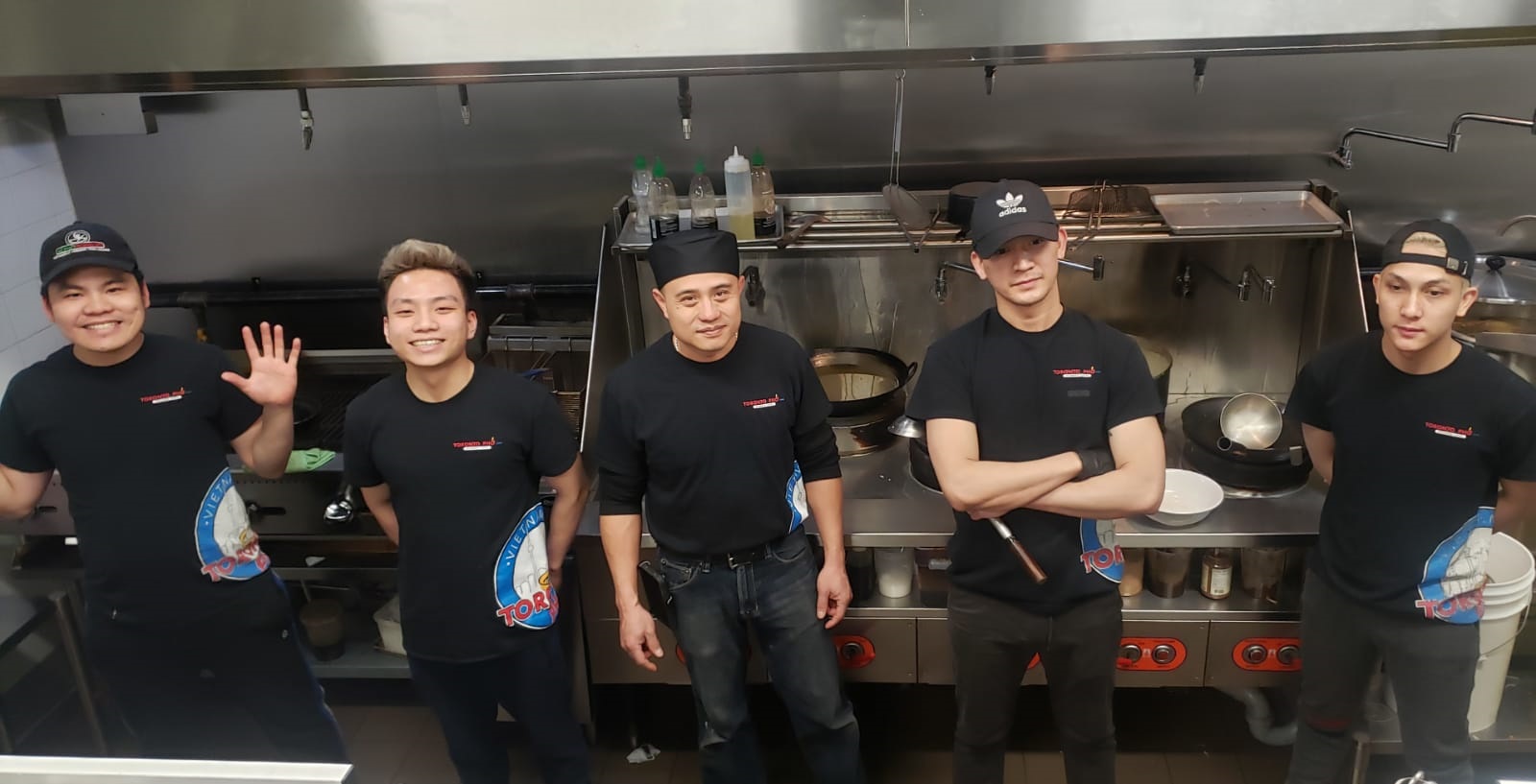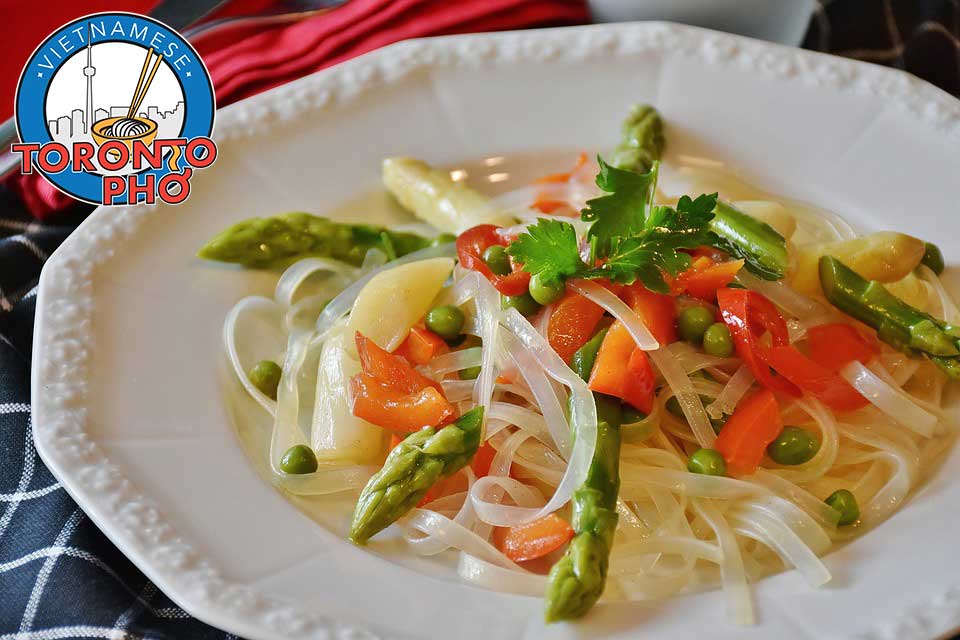
Used in a variety of Vietnamese recipes, vermicelli rice noodles are a staple of our cuisine. These soft noodles fill bowl after bowl of soups and phos. Contrary to what many North Americans assume, they’re not made from spaghetti but are rather rice-based. For those wondering more about the nutritious value and benefits of vermicelli rice noodles, here’s information on how they’re made and what they are exactly.
Vietnamese vermicelli rice noodles are made from ground rice, grown throughout Asia. These noodles are used not only in Vietnamese cuisine but also Thai and Chinese. Speaking purely on nutrition, vermicelli rice noodles are dense in calories and a high-carb food. Let’s make no mistakes on this. If you’re on a low-carb diet, this is not the right food for you. In fact, some nutritionists pushing low-carb eating will recommend to ask to exclude vermicelli noodles from phos and other Vietnamese dishes.
You may think vermicelli rice noodles are high-carb so they’re not worth having. That aside, vermicelli noodles contain little to no fat and are very low in sodium. We all need carbs to survive so if you have to have some, wouldn’t you rather have carbs that don’t come with any added fats or sodium – this is clean eating!
Read more: How Nutritious are Vermicelli Rice Noodles – See The Truth of this Carb Delight
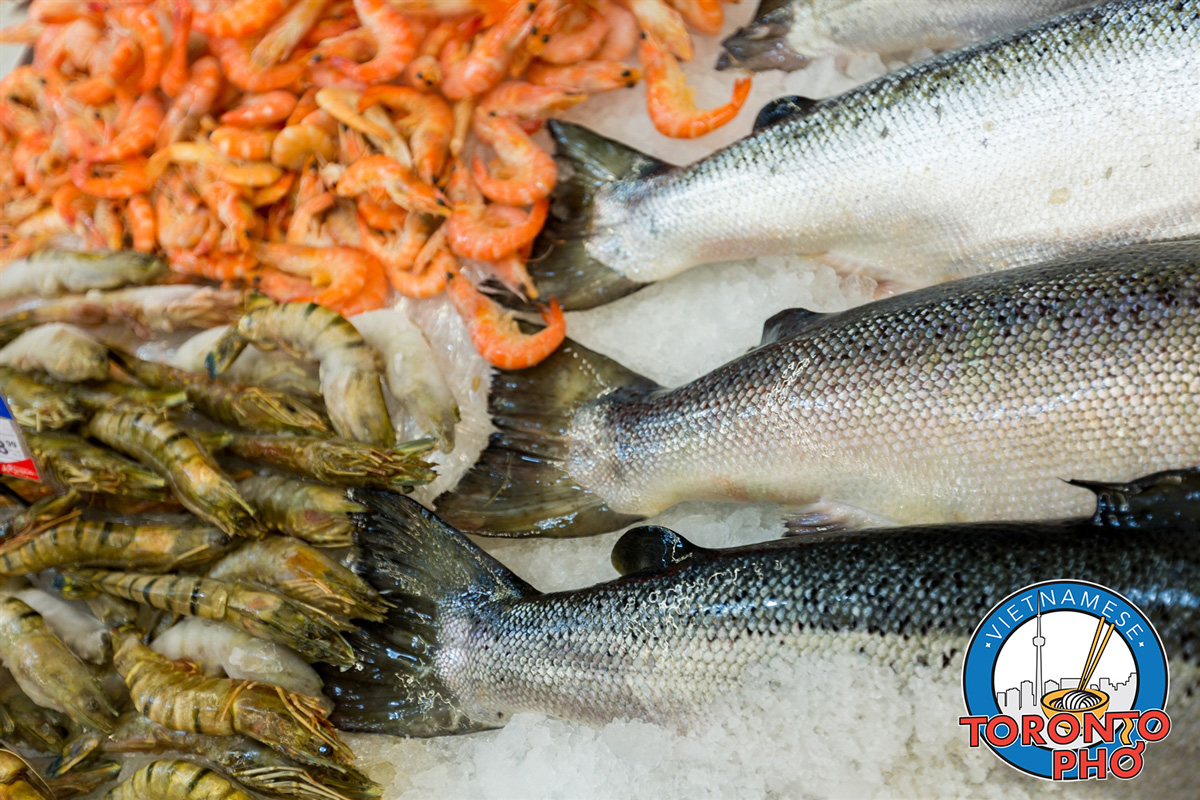
The flavors of Vietnamese cooking are diverse, ranging from balanced yet spicy dishes to those plundered with herbs. Among the most popular foods in Vietnam, to this day, includes fish and seafood. Although it is sometimes served fresh or cooked without much interference from additional spices, much of the time we marinate our fish and seafood. For example, marinated fish with steamed rice is a chef special at TorontoPHO, bringing together Basa fish with black pepper, onion, fish sauce, and pork. To really get to know why we marinate, you’ve got to get some insight into how we cook in Vietnam.
Early on in Vietnamese cuisine history, two trends were somewhat obvious. The first of which is much of the population was very poor and did not have very many resources to rely on for high quality, healthy foods.
The second is that street food culture was on the rise, with many vendors seeking to prepare large amounts of food they could sell meal by meal to interested patrons. Speaking of, street food vendors are precisely how Vietnamese pho and soups became so popular. A vendor could prepare a large broth throughout the day in a sizeable pot and serve individual bowls one-by-one, pulling from whatever ingredients were available to them on any given day.
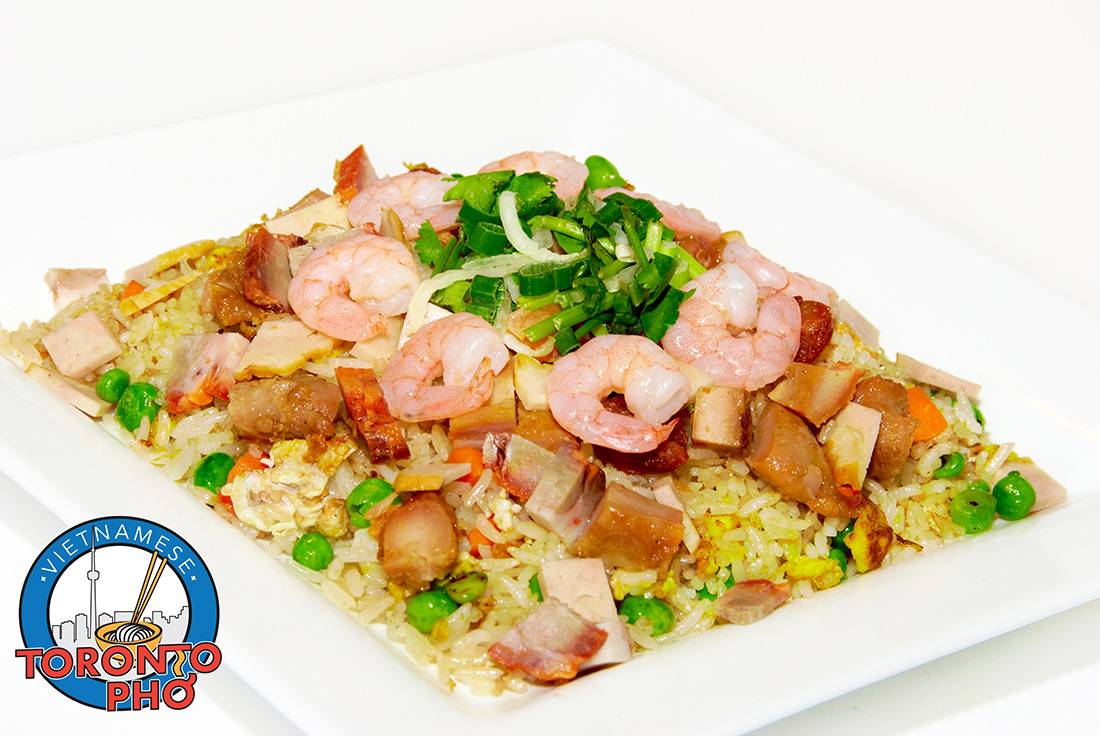
Scrambled salt fish and chicken fried rice is a proper Vietnamese meal with a sizeable cult following to its name. Looking down on a plate, you’ll see a kaleidoscope of color occupying space. The rose folds of the shrimp, the golden fried rice, the marinated chicken pieces, and greens from the veggies. It’s almost like a piece of art!
In Vietnam history, a lot of fish and seafood is used across various dishes only because of how available fish is. Along the cost, fishermen caught fish every day, selling it to markets and street vendors. Fish sauce in Vietnamese cuisine actually comes from families and vendors trying to maximize the abundance of fish while using their favourite herbs and spices.
The culinary tradition in this part of the world of salted fish dates back to the 1300s it’s believed. There wasn’t a lot of food to go around. A lot of families in lower economic classes suffered because of it. With fish being so plentiful and affordable, and no source of refrigeration to store fish, salt preservation was the best method to prevent it from spoiling.
Read more: Scrambled Salt Fish and Chicken Fried Rice Has a Cult Following in Vietnam
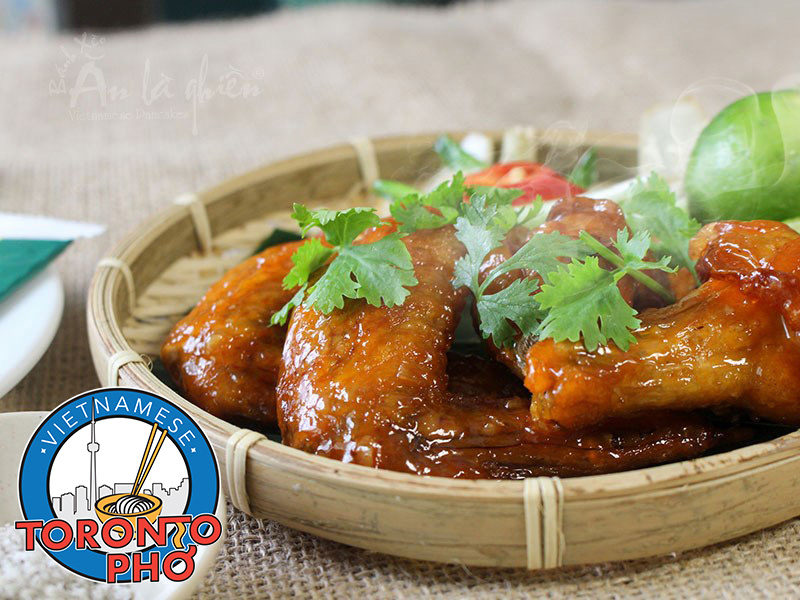
So much ends up blended in East Asian cuisine, with some Vietnamese dishes being inspired by Chinese and vice versa. There are also influences drawn from the French which maintained colonial power in the region for years. There’s a lot of tasty appetizers brought to the West you likely don’t know that originated in Vietnam or Vietnamese cooking. Here are just our top 3 favourites!
Fish sauce chicken wings
If anyone ever brings up Vietnamese chicken wings, what they’re referring to are fish sauce chicken wings. For as much as we love our chicken wings in Toronto, fish sauce chicken wings have cult status in Vietnam. Brined, fried, and glazed to be sticky, sweet, and spicy in all the right ways, these Vietnamese wings bring together a mix of Vietnam cooking and Thai-esque ingredients.
These wings are perhaps the only thing on this list that is purely Vietnamese, with no outside influence from another culture. They’re crispy and chewy, lacquered in fried caramelized garlic and chili paste, and when combined with fish sauce, they’re a home run. Few Canadian cooks serve it like this and you certainly won’t find any Toronto restaurants with Vietnamese chicken wings like ours.
Read more: 3 Quick bites and Tasty Treats You May Not Know Come From Vietnamese Cuisine
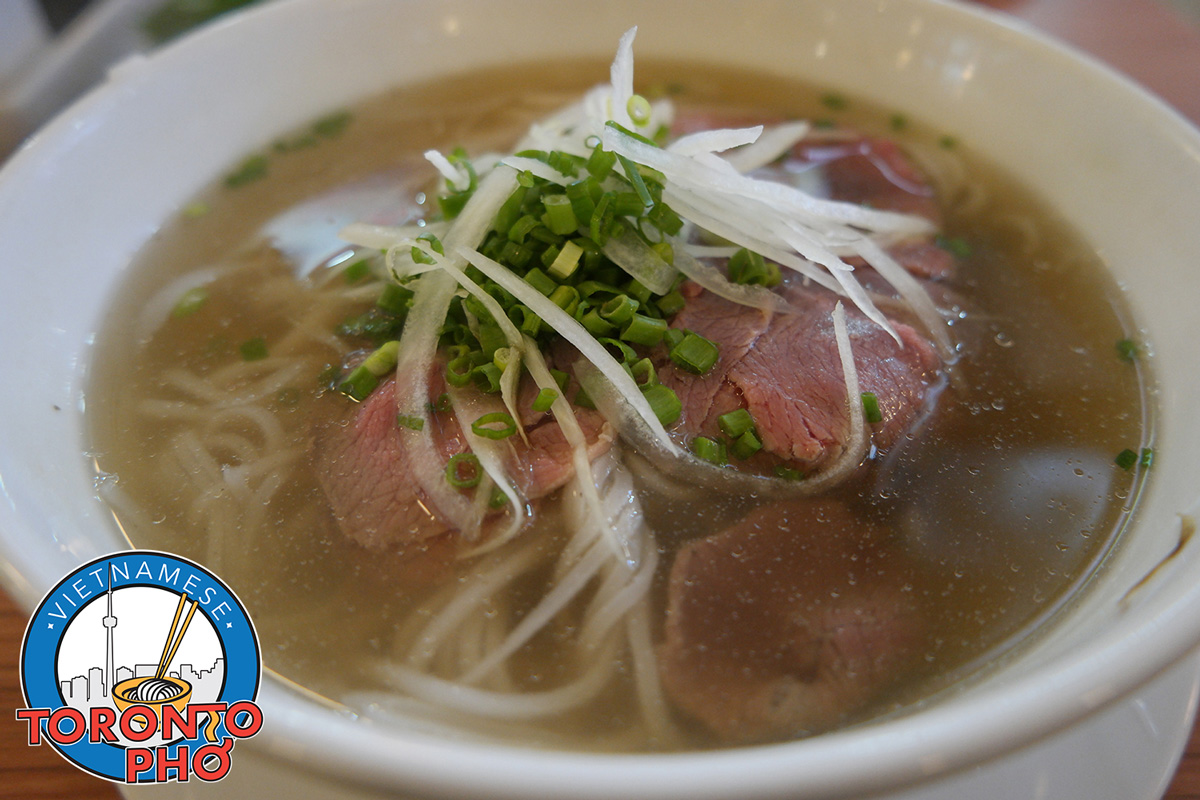
Jerry Mai is a well-known chef, operating both the Annam and Pho Nom restaurants in Melbourne, Australia. Her restaurants offer Australians a chance to try out some of the myriad of street food dishes that have come to dominate the modern cuisine culture of Vietnam. These street foods have been a longstanding tradition in Vietnam, and Jerry Mai brings this unique cultural cuisine heritage to the Australian restaurant scene. Among the many dishes served is pho, a delicious Vietnamese noodle soup.
Jerry Mai was born in Vietnam and moved to Australia as a child. She grew up there and then returned to Vietnam when she was 15. When there, she become enamoured with the abundance of street food stalls found throughout the country. The food stalls were a stark contrast to the formality of Australia’s restaurant culture. To this day, Mai visits Vietnam often to enjoy the cuisine scene. She has published a book called Street Food Vietnam, presenting many traditional street food recipes from her birthplace. Her recipes cover so many of the traditional recipes with her own unique spin.
Read more: How to Make the Perfect Pho Broth, Guided by Vietnamese Chef Jerry Mai
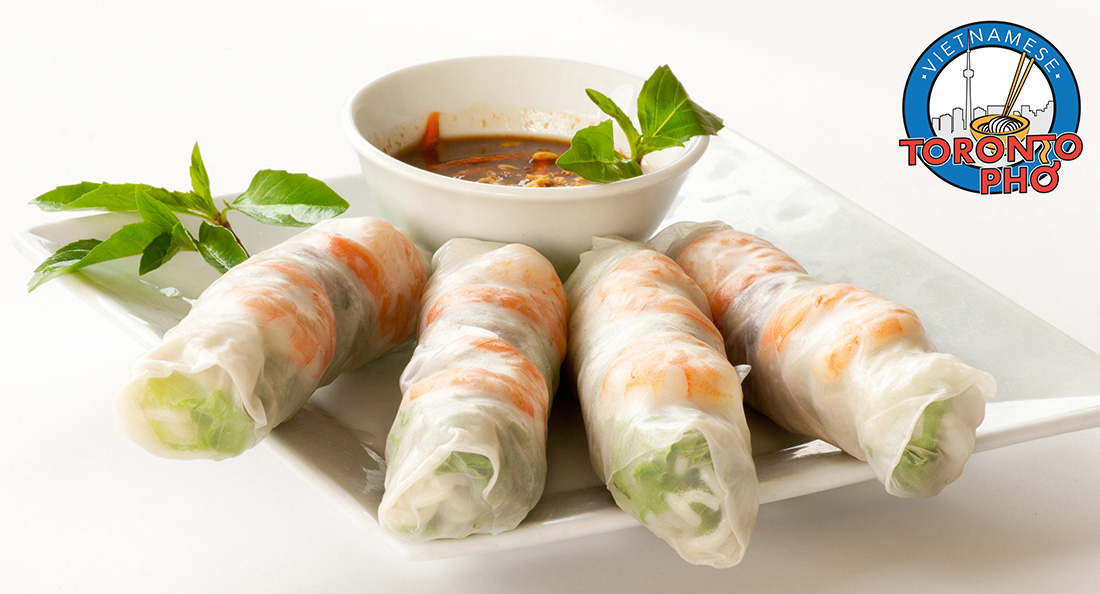
‘Banh cuon’ is considered a Vietnamese delicacy. The delicious noodle sheets involve a very elaborate preparation, further adding to their mystique. Many in the West are unfamiliar with this dish and it is often approximated to people as simply ‘Vietnamese ravioli’. This analogy really fails to get the essence of the dish across.
Banh cuon is traditionally made in Vietnamese cuisine with a mixture of water, ground rice, and tapioca. The noodles are known for their high moisture content relative to other similar dishes. This leads to a distinct smoothness and stretchiness the make up a part of the dish’s appeal.
These elaborate noodles are viewed by many as being underappreciated. While most can understand the work and skill that would go into artisanal ravioli, banh cuon is largely unheard of. This leads to the dish typically selling for much lower prices than other foods requiring similar craftsmanship. The wide rice noodles are filled with a variety of different fillings. Typically, this filling is a delightfully seasoned pork along with the hearty wood ear mushroom. They also often contained minced shallots. It offers a very unique taste that speaks to its meticulous construction.
Read more: Where do Banh Cuon, Vietnamese Rice Rolls, Come From and the Science of Making Them
More Articles ...
- 4 Easy-to-Make Vietnamese Street Food Recipes You Can Enjoy from Home
- See the Subtle Flavours of Vietnamese Cuisine in Traditional, Authentically Prepared Dishes
- Is Pho Healthy? See the Health Benefits of Pho and The Potential Complications As Well
- All You Need to Know about Pho in Toronto, from a Top Vietnamese Restaurant
Page 35 of 45




